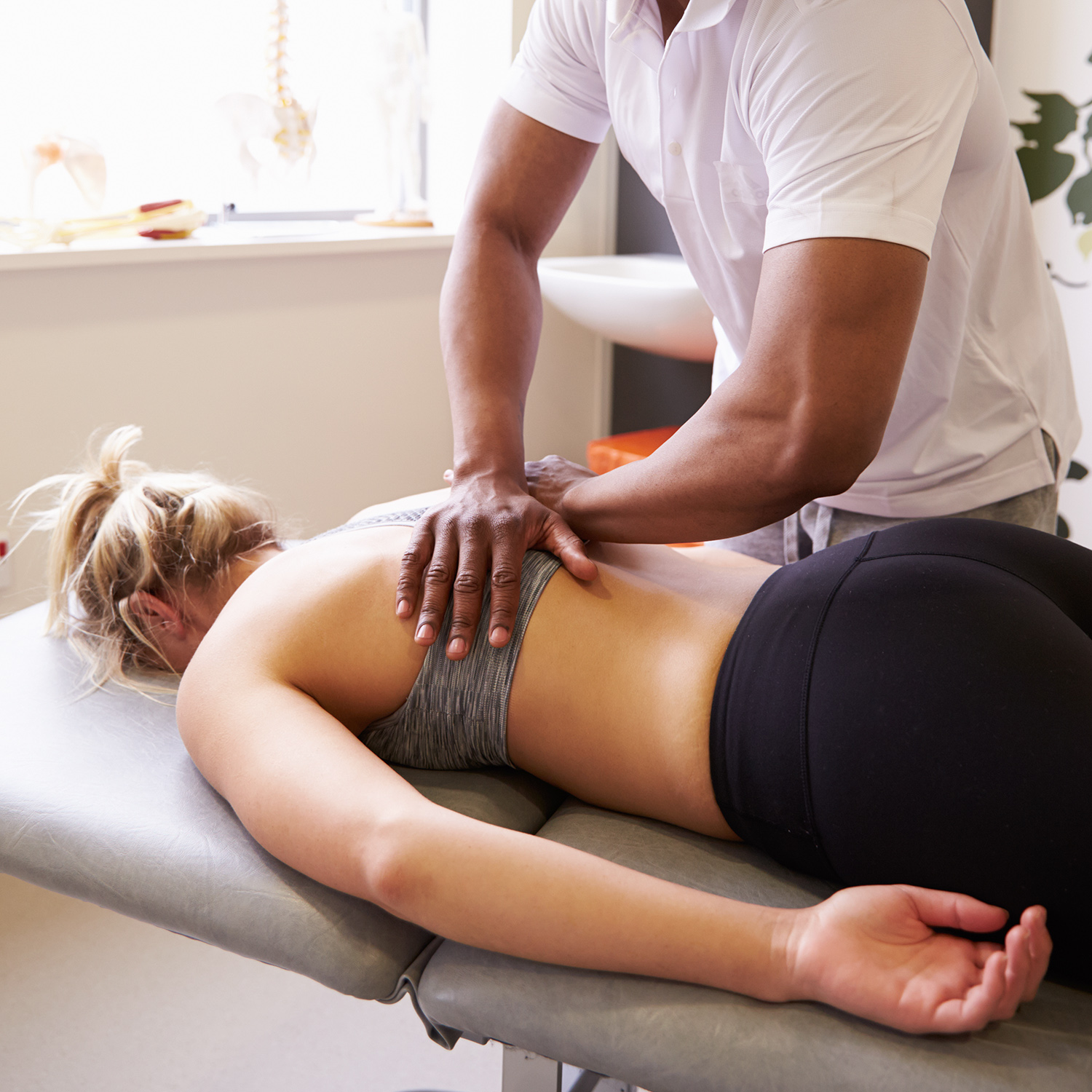
In the realm of alternate medication and holistic healing methods, reflexology attracts attention as a progressively popular and fascinating strategy. This ancient practice, rooted in the idea that details points on the hands, ears, and feet match to different body organs and systems of the body, has actually been getting grip in the Western globe as a corresponding therapy for numerous health issues.
Understanding the Foundations of Reflexology Reflexology is based upon the concept that there are response areas in the feet and hands that are connected to all parts of the body. Experts think that using pressure to these specific factors can advertise health and wellness in the corresponding body organs via energy pathways. While the specific mechanisms are not totally understood by contemporary science, many individuals report considerable take advantage of reflexology sessions.
The theory behind reflexology recommends that the body is split into 10 upright areas, each representing fingers and toes. By applying stress to particular points within these zones, reflexologists aim to launch obstructed energy and advertise recovery.
The Historical Journey of Reflexology The beginnings of reflexology can be traced back countless years. Ancient Egyptian tomb paintings going back to 2330 BC portray what shows up to be foot and hand massage therapy. Likewise, typical Chinese medicine has long acknowledged the link in between pressure factors and the body’s overall health. Modern-day reflexology as we know it today was developed in the very early 20th century by Dr. William Fitzgerald and later on improved by Eunice Ingham, usually referred to as the “mom of reflexology.”
JKリフレどっとこむ : What to Expect A typical reflexology session starts with an assessment where the professional goes over the client’s wellness background and present concerns. The client after that removes their socks and shoes and sits easily or lies down. Utilizing their hands, fingers, and in some cases little tools, the reflexologist applies differing levels of stress to details factors on the hands, feet, or ears.
The session generally lasts between 30 to 60 mins, during which clients commonly report feeling deeply unwinded. Some individuals experience feelings in various other parts of their body as different factors are boosted, which reflexologists take energy moving through the body.
Prospective Benefits of Reflexology While clinical research on reflexology is ongoing, lots of people report a variety of benefits from normal sessions. These might include:
Minimized tension and stress and anxiety Improved circulation Enhanced rest quality Relief from migraines and migraine headaches Alleviation of digestive problems Boosted energy degrees Support for hormone equilibrium It’s vital to note that reflexology is generally considered a corresponding treatment and ought to not replace standard clinical therapies. Numerous discover it an important addition to their total health routine.
Reflexology in Modern Healthcare As interest in all natural health and wellness methods grows, reflexology is discovering its area in various health care settings. Some healthcare facilities now use reflexology as component of their integrative medicine programs, particularly for clients dealing with chronic pain, cancer-related signs and symptoms, or stress and anxiety. Several medspas and wellness facilities likewise include reflexology in their service offerings, identifying its capacity for stress and anxiety relief and relaxation.
Research study released in the Journal of Complementary and standard Medicine recommends that reflexology might be reliable in decreasing pain and improving leisure, making it an appealing corresponding therapy for different problems.
Do It Yourself Reflexology: Self-Care in the house While expert sessions can be useful, some fundamental reflexology techniques can be practiced in your home. Easy foot rolls making use of a tennis sphere or reflexology devices can aid stimulate factors on the feet. Lots of people discover this a peaceful way to take a break at the end of the day or to relieve foot discomfort from meaning extended periods.
The Future of Reflexology As much more research study is carried out, reflexology might obtain further acknowledgment in the medical neighborhood. Existing researches are discovering its prospective applications suffering monitoring, stress and anxiety reduction, and even as a supportive treatment for people undergoing cancer therapy. The non-invasive nature of reflexology, integrated with its potential to advertise leisure and general health, makes it an appealing option for those seeking natural techniques to health care.
Whether viewed as a science-based therapy or an all natural art kind, reflexology uses a distinct approach to understanding and sustaining the body’s all-natural recovery procedures. As we remain to explore the intricate connections in between various parts of our body, methods like reflexology advise us of the power of touch and the potential for recovery that exists within our own hands and feet.
Comprehending the Foundations of Reflexology Reflexology is based on the concept that there are reflex areas in the feet and hands that are connected to all parts of the body. Modern-day reflexology as we know it today was established in the very early 20th century by Dr. William Fitzgerald and later improved by Eunice Ingham, often referred to as the “mom of reflexology.”
The Reflexology Process: What to Expect A regular reflexology session starts with a consultation where the professional discusses the customer’s wellness history and existing issues. Reflexology in Modern Healthcare As rate of interest in all natural health methods grows, reflexology is finding its location in numerous medical care setups. DIY Reflexology: Self-Care at Home While specialist sessions can be valuable, some fundamental reflexology methods can be exercised at home.
